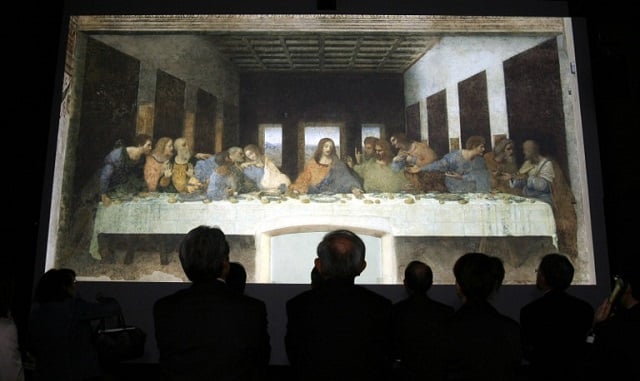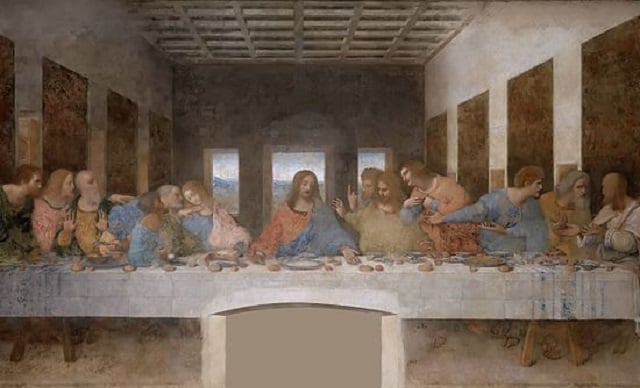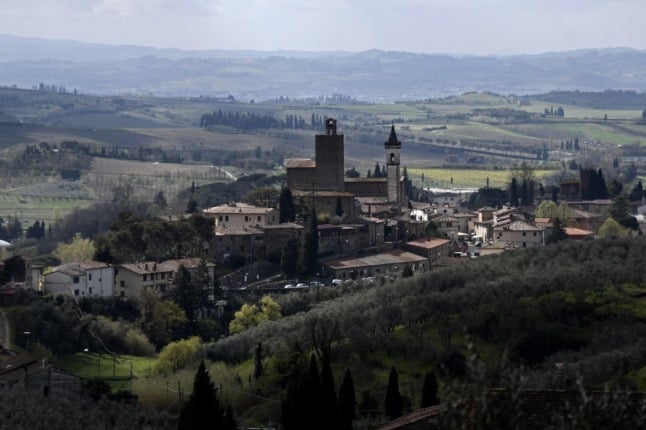Eataly entrepreneur Oscar Farinetti made the announcement on Thursday, at a Milan event with Culture Minister Dario Franceschini.
The restoration will clean the air inside the refectory of the Convent of Santa Maria delle Grazie, Milan where the world famous artwork is on display.
The adjustments to the convent's microclimate will not only improve the longevity of the painting, but will ensure more visitors can enter the convent to admire the work.
“The Last Supper is a fragile work of art which has been restored many times in its five-hundred years. But this is the first restoration which will guarantee it another five centuries of life,” noted Franceschini.
READ ALSO: Italian history buffs track down Da Vinci's relatives
In fact, very little of the original painting – which depicts Jesus seated at his last meal before crucifixion with his twelve apostles – is still intact.
Da Vinci biographers described it as “ruined” just a few decades after its completion, due to humidity in the convent and the method of painting directly onto a dry wall.
Further damage has been caused through attempts at restoration gone wrong, and Allied bombing in the Second World War.
Dario Franceschini said he hoped the project would inspire other private businesses to help fund cultural projects. Recent years have seen a string of famous Italian sites renovated with funds from private donors, many of them from the luxury fashion sector.
An insurance company announced last week it would finance a restoration of Venice's Royal Gardens, just days after fashion house Gucci said it would fund a revamp of the Boboli Gardens in Florence.
Other sites to have received makeovers from private donors include Rome's Colosseum, Trevi Fountain, and Spanish Steps.
READ ALSO: Italian bar faces backlash over gay Last Supper poster




 Please whitelist us to continue reading.
Please whitelist us to continue reading.
Member comments